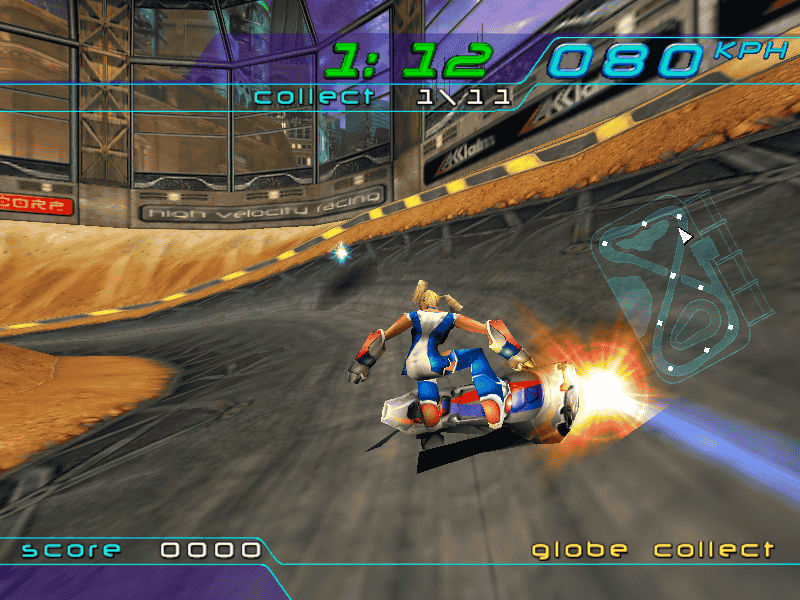Sound is one of a game aspects that has the biggest
influence on how the game is received. It creates mood and helps the player to
better understand the situation he is in. For example, when you play any RPG
game and you're in danger, surrounded by deadly monsters the music you will
hear is going to be different from what you would hear while safely resting in
a tavern, drinking beer in front of a fireplace.
Speaking of which, here's an anecdote from my life: Baldur's
Gate 2 is my all time favourite game and from time to time I feel a strong urge
to install it again and play it for at least few hours. So it happened about a
month ago. Unfortunately, due to massive uni workload related to the group
project, I had no time to spare at all. So, I decided to at least listen to the
soundtrack while I was working on the project. And I did. About seven times,
whole 53minutes from beginning to the end. It's just so good! It recalled many
great memories and made my work more enjoyable.
I guess it shows how important part of game is music. And it
doesn't have to be sublime, orchestral music like in Baldur's Gate. Actually, I
think that simple 8/16 bit music in older games was catchier and more
memorable. I bet that when you look at each of these tree pictures below you
have different melody in your head :)
But music is only one part of sounds used in every game.
There are also weapon sounds, environment sounds, vehicle sounds etc.
I remember that as a 9 year old I played the original Half-Life
a lot. I know I shouldn't have, but I guess it had a big impact on my
imagination. And come on, it wasn't much worse from Alien movie that I watch as
a 8 year old. Anyway, about 10 years later a friend of mine introduced me to Team
Fortress 2. I instantly recognized the switching weapon sound as the one that
was also used in Half-Life! It was not important, half a second long sound but
I wouldn't mistaken it with anything else!
Coming back to Team Fortress 2, there's another type of
sound in games worth mentioning: characters sound. Medic without his German
accent wouldn't be the same character, just like Pyro would be completely
different without his 'MMPH!'. Voices are the quality that makes those
characters so funny and unique.
Can you imagine GLADOS from Portal game without her voice?
If you mute her she is just few robotic balls and wires hanging down from the
ceiling!
I just realized that most of the games I mentioned above
(Half-Life, TF2, Portal) were developed by the same studio - Valve, so I guess
that means they pay attention to sound in their games. My Favourite score music
also comes from Portal:
I hope that this entry helps to show the importance of sound
in video games.


















